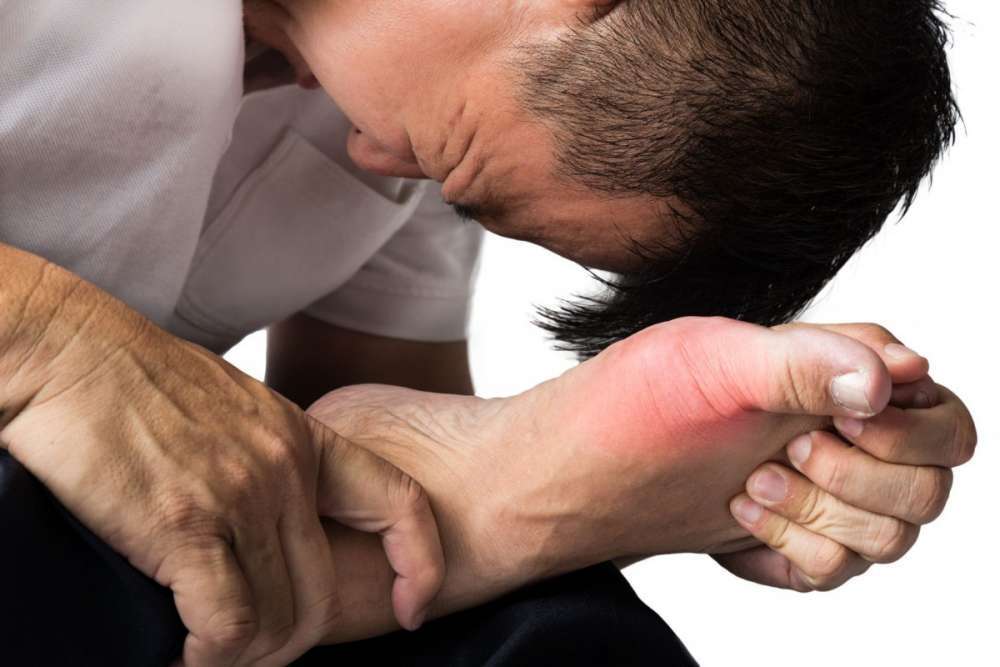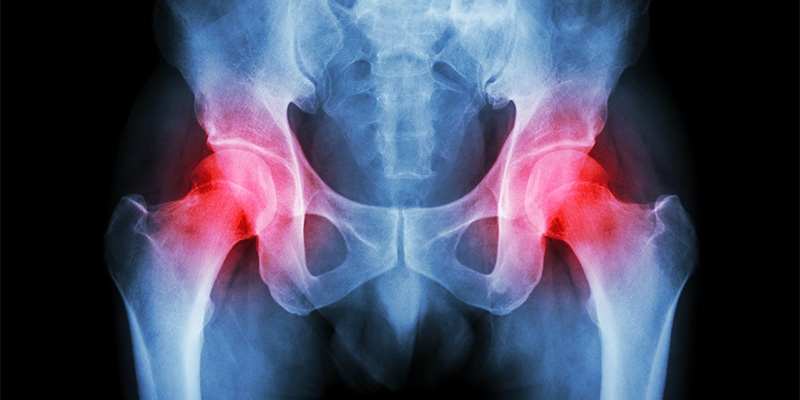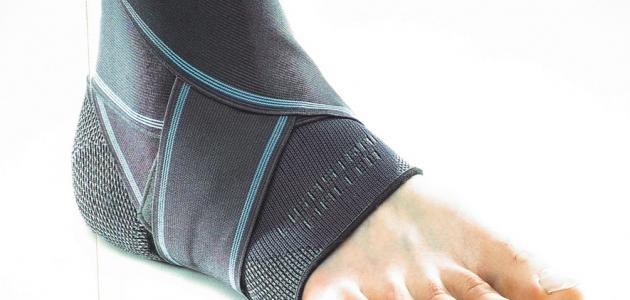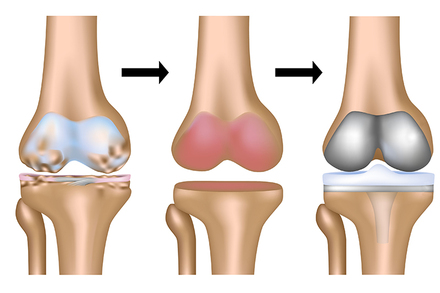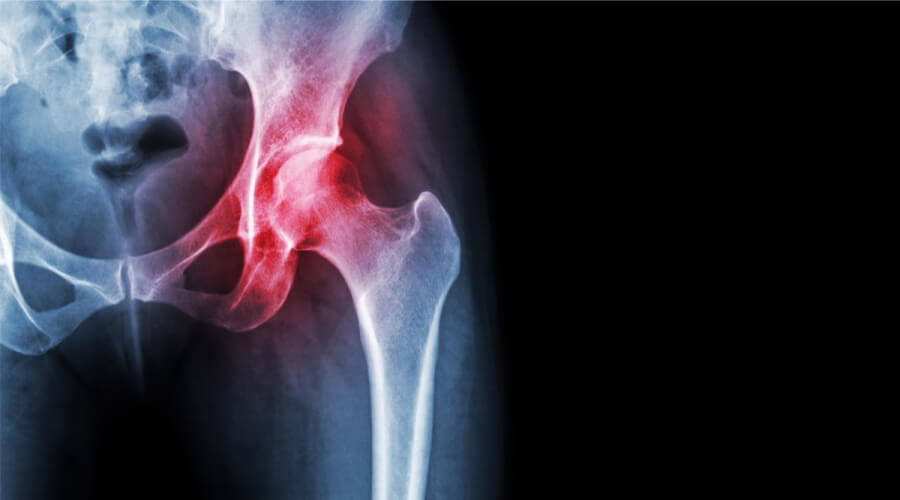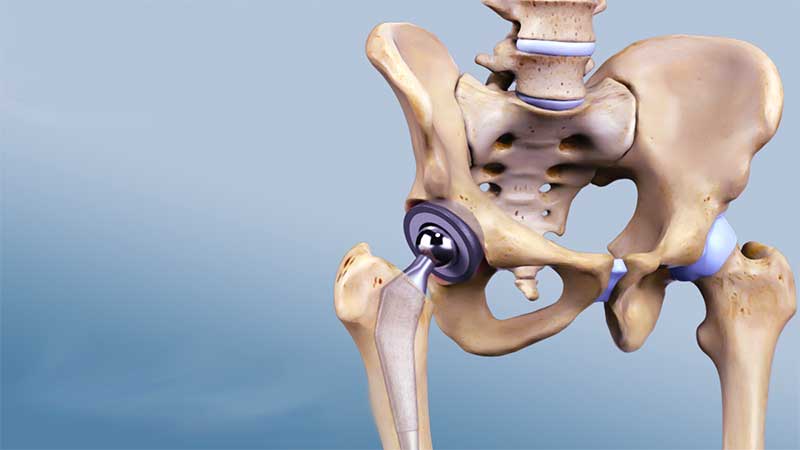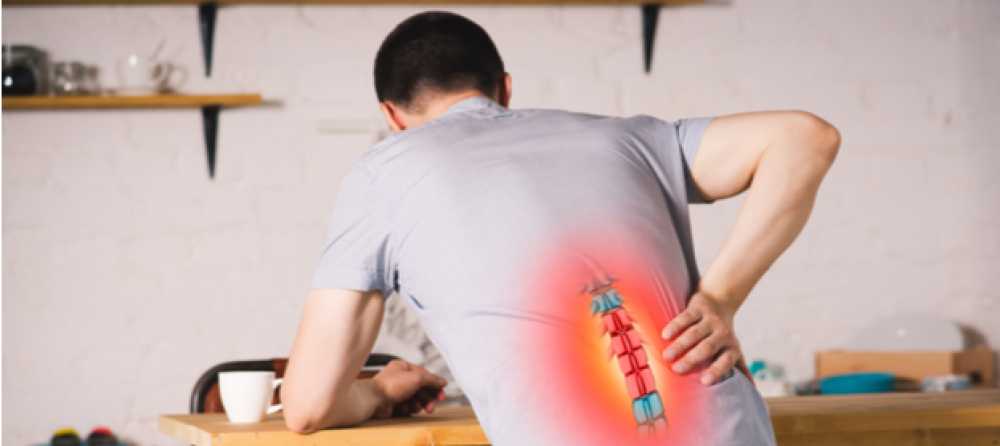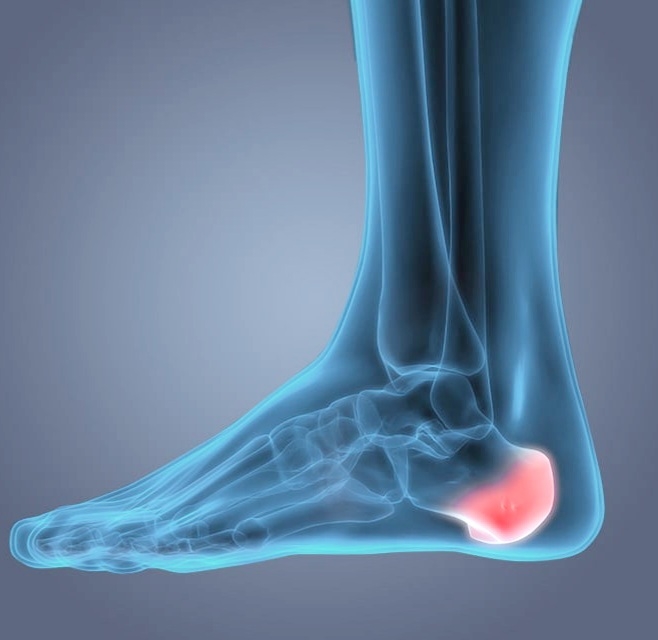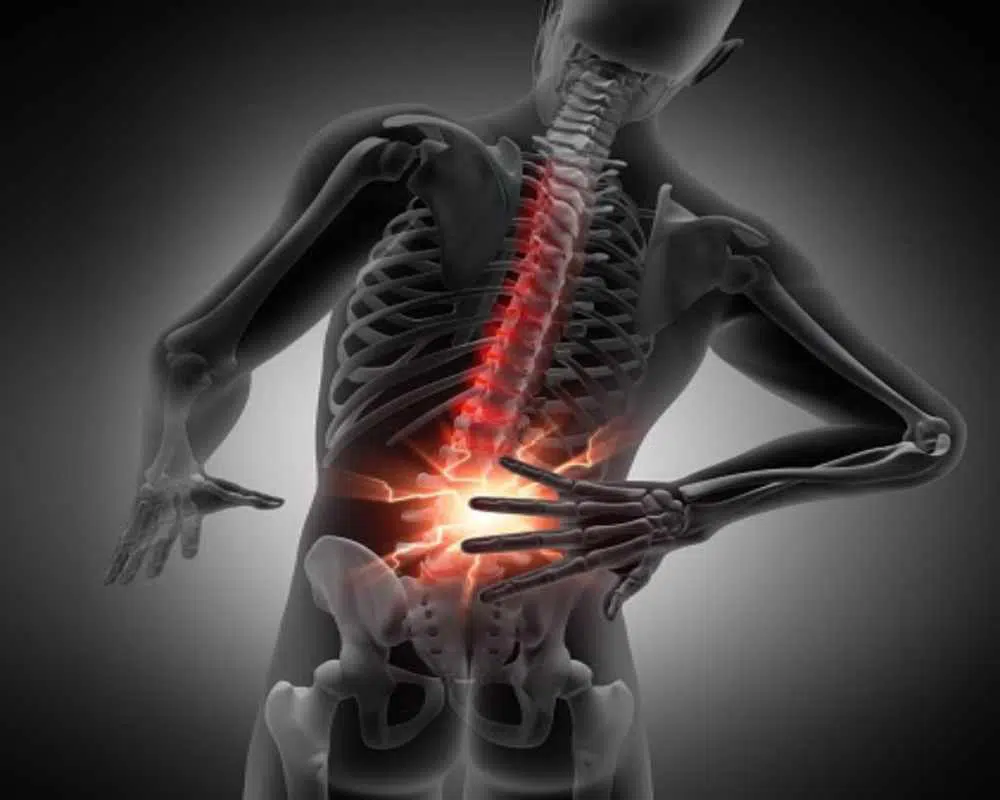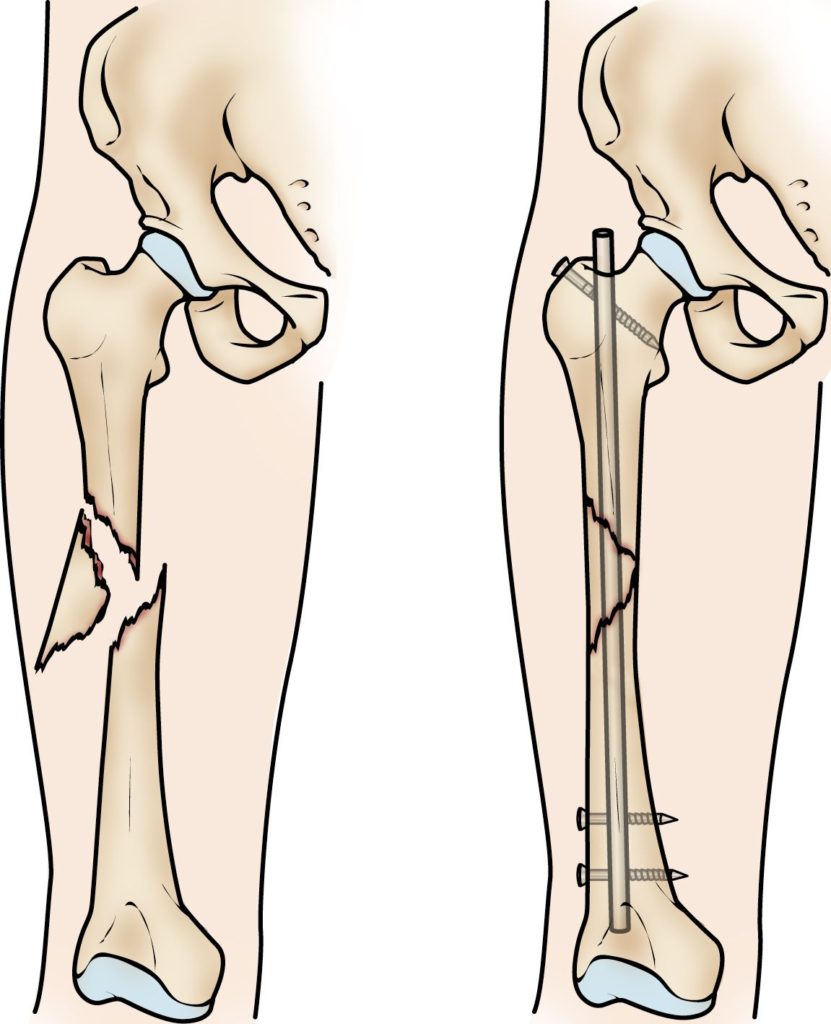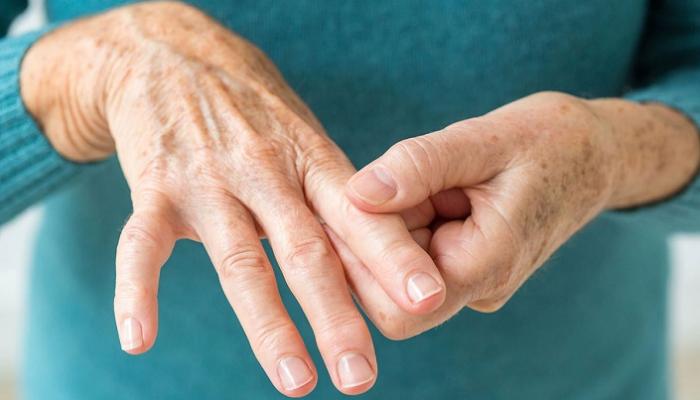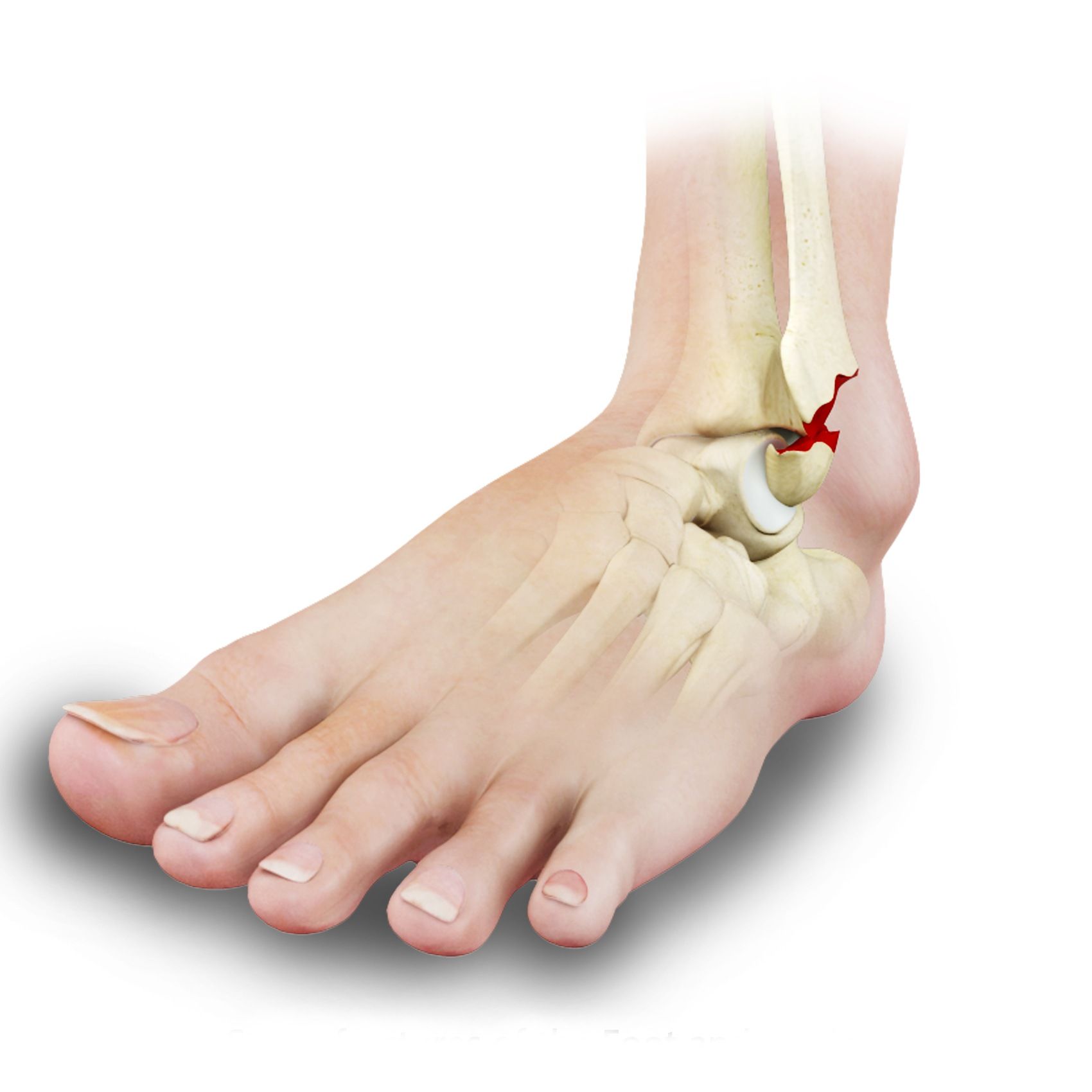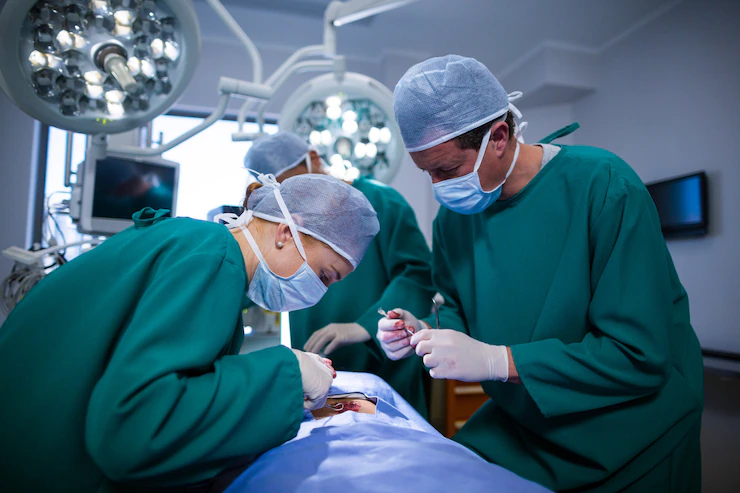Learn the symptoms of knee roughness
A person can feel many symptoms that appear on a person when he suffers from knee roughness, which is explained in detail in the following article.
Symptoms of knee roughness
Knee roughness is one of the common diseases related to knee diseases, and is usually the result of the presence of inflammation or knee infection that affects the knee with severe pain and increases the person’s sense of imbalance when walking and can increase the pain when continuing to place one period such as sitting for a long time.
Knee roughness usually occurs to the elderly as a result of the presence of a number of health problems, including the erosion of cartilage and its atrophy.
What are the signs of knee roughness?
The knee roughness can feel more than one symptom that predicts the presence of roughness in the knee and its exposure to arthritis, and the patient begins to feel the following:
- The presence of knee pain and a feeling of almost uncomfortable.
- Difficulty moving the knee, especially when sitting for a long time or when waking up.
- A feeling of pain when descending and falling the stairs.
- The presence of stiffness or stiffness in the knee joint.
- Hear the sound of “crackling” in the knee and discomfort.
- In the most severe cases, distortions begin to appear.
How is the knee roughness diagnosed?
The doctor usually begins to know the symptoms that appear on the patient and take the following steps:
- The doctor starts with the pain that the patient feels and nature.
- The doctor performs a clinical examination of the injured.
- The doctor asks the patient to X -rays and make some blood tests.
Symptoms of knee roughness in young people
Young people are also injured by knee roughness, and this is an obstacle to their normal life, especially if the late treatment or discovery of the disease is neglected after the knee joint is deformed and the cartilage erosion at the ends of the knee bones.
Here are some symptoms of roughness for a knee in young people:
- The presence of severe pain in the muscles and ligaments of the knee.
- Pain begins to increase when movement.
- The occurrence of stiffness in the joint and its swelling.
- Reducing the ability to exercise.
- Sometimes a feeling of pain when touching the knee.
Symptoms of early knee roughness
Often elderly people are roughly rough, but there are some reasons that increase the chances of young people with roughness and are exposed to pain when walking or climbing the stairs the most common reasons:
- Exposure to a knee injury.
- The presence of weakness in the knee and joint muscles.
- The presence of a genetic history of knee roughness in the injured.
- Sitting long periods in a mistake.
- Sometimes malnutrition affects and causes knee roughness.
- Symptoms of knee roughness in the early stages
- The patient feels weak in the knee muscles.
- It begins to feel pain in the joint.
- He feels difficulty sitting by placing squatting.

